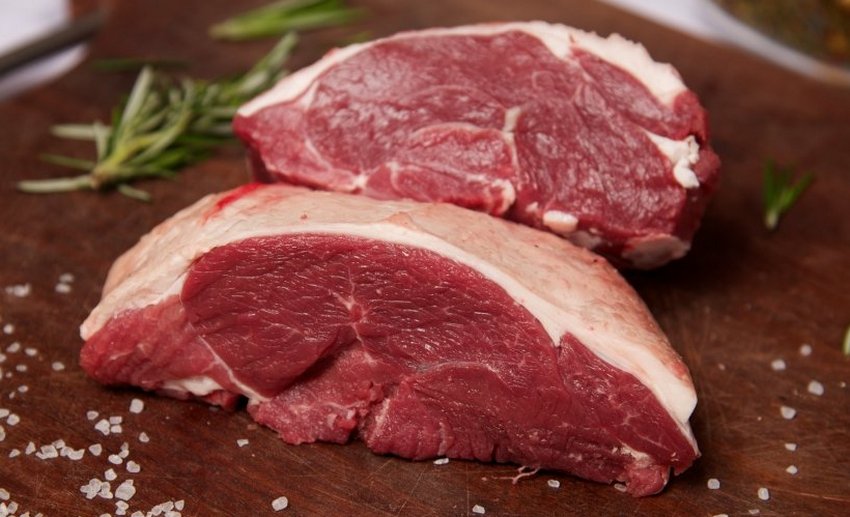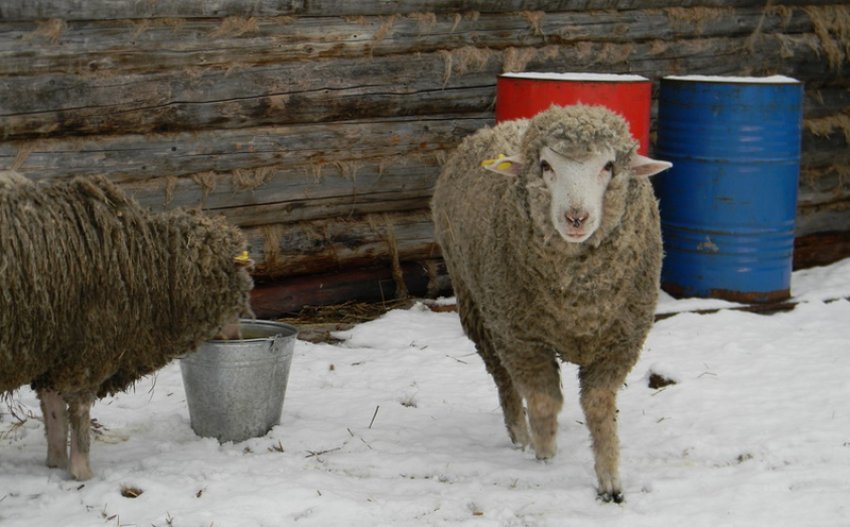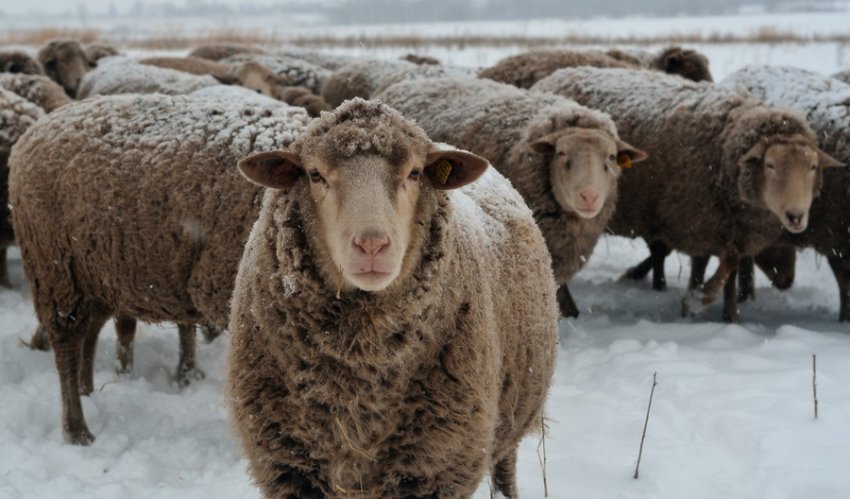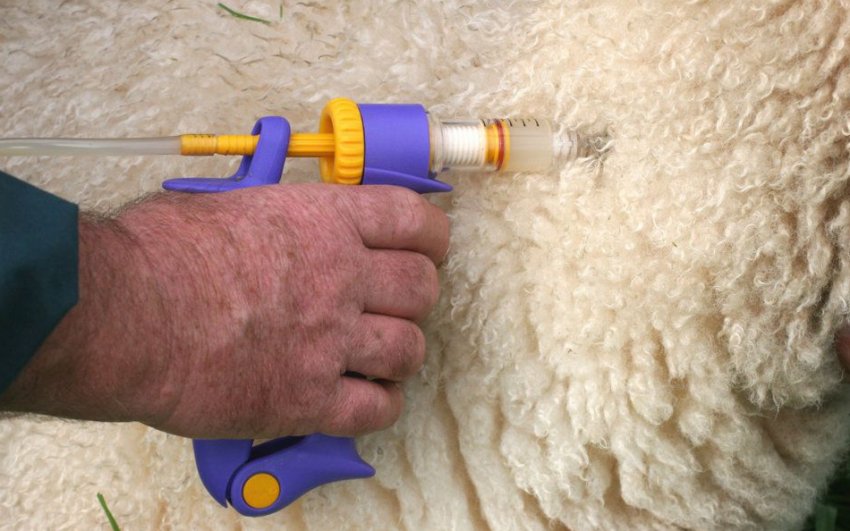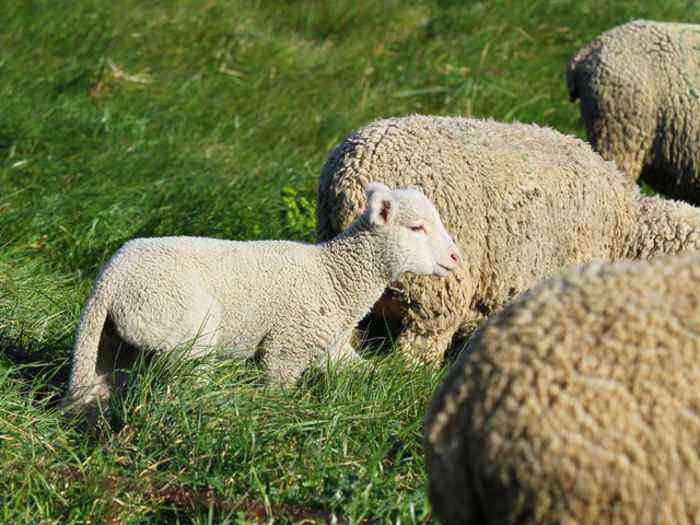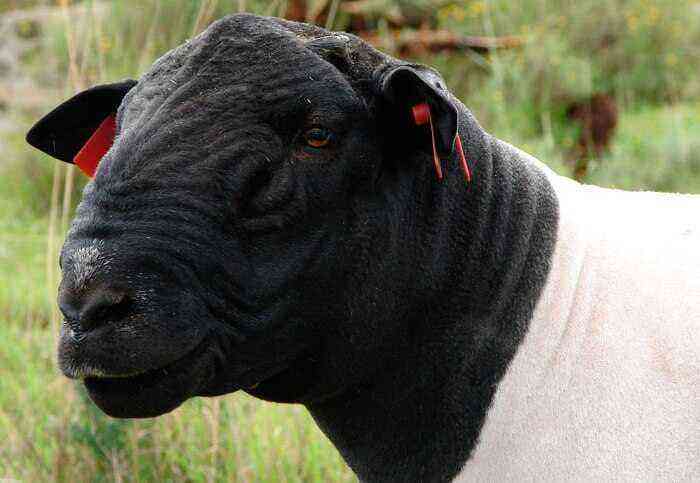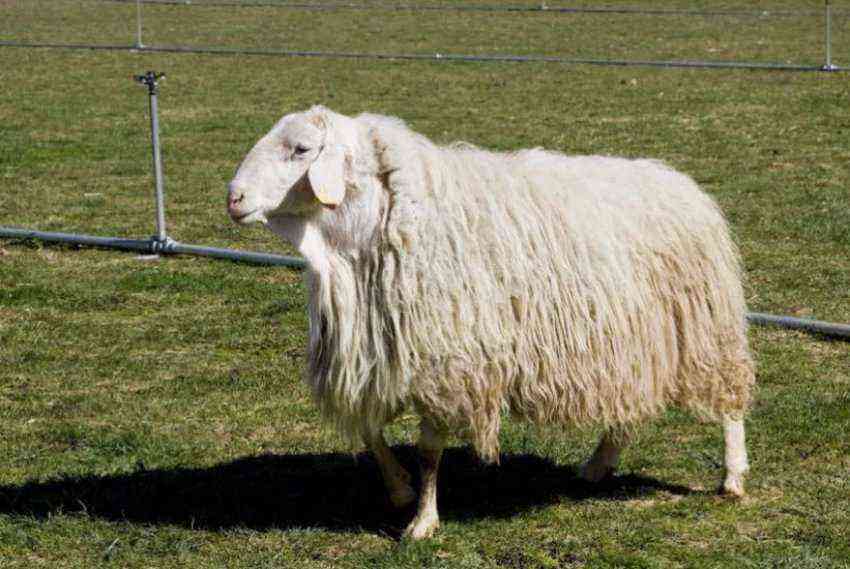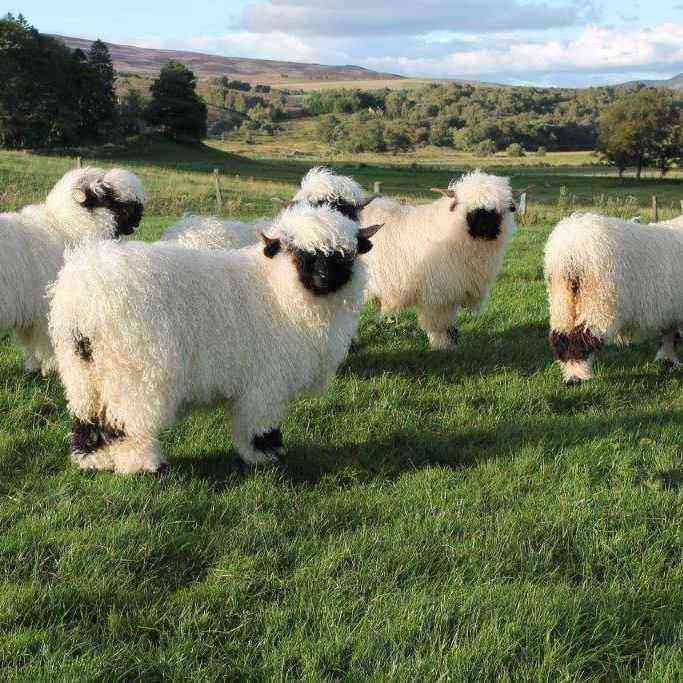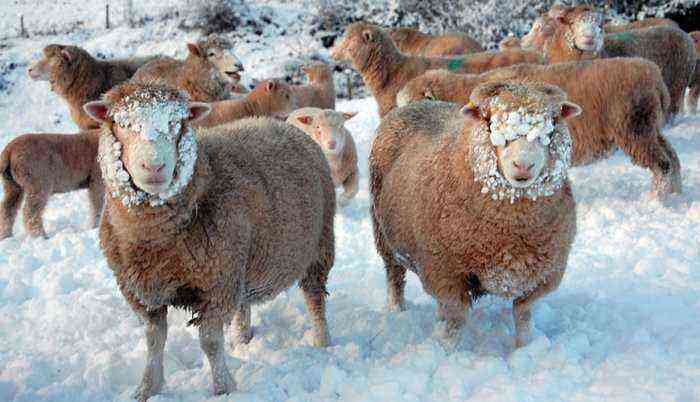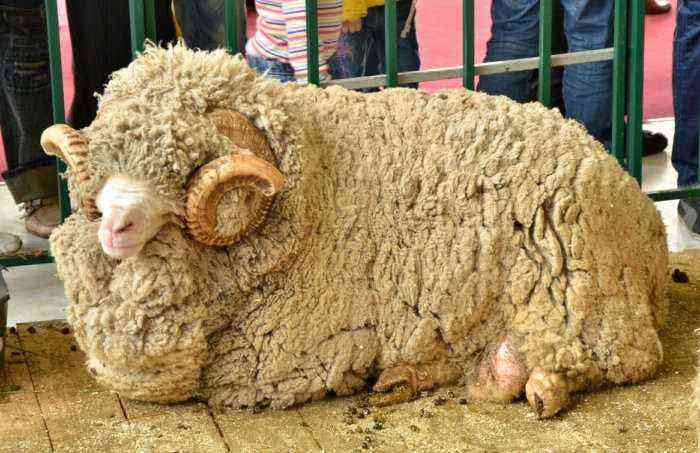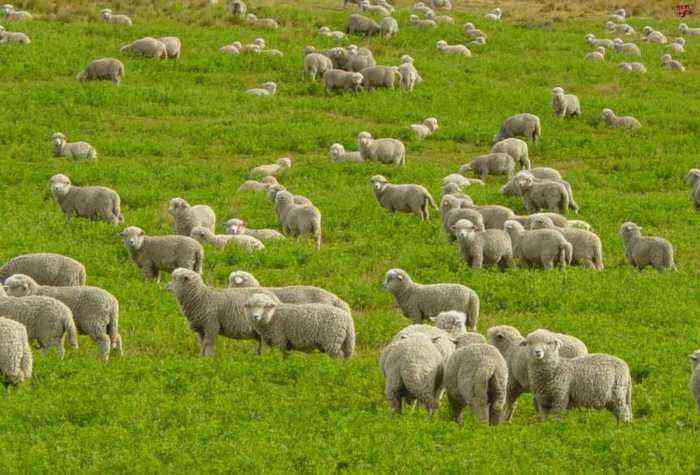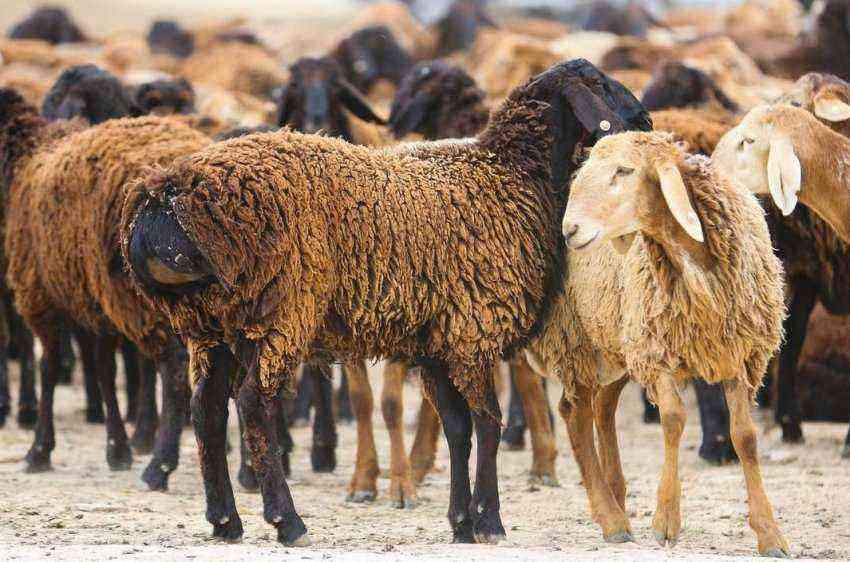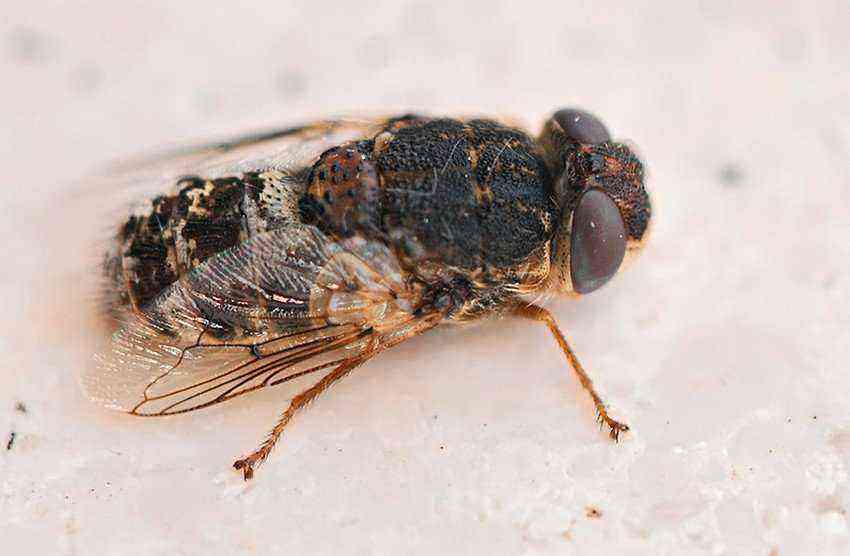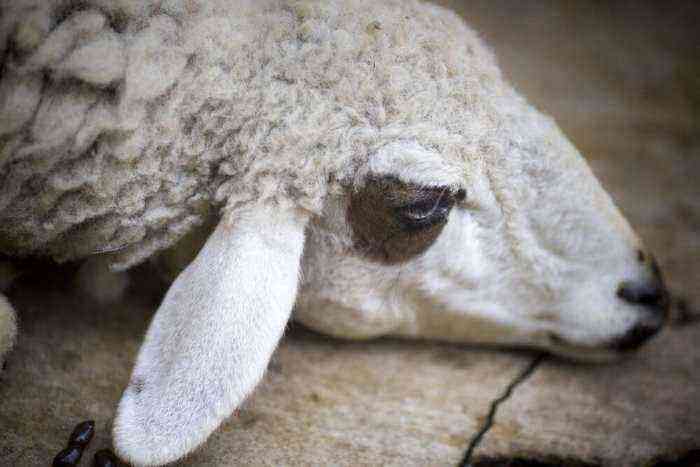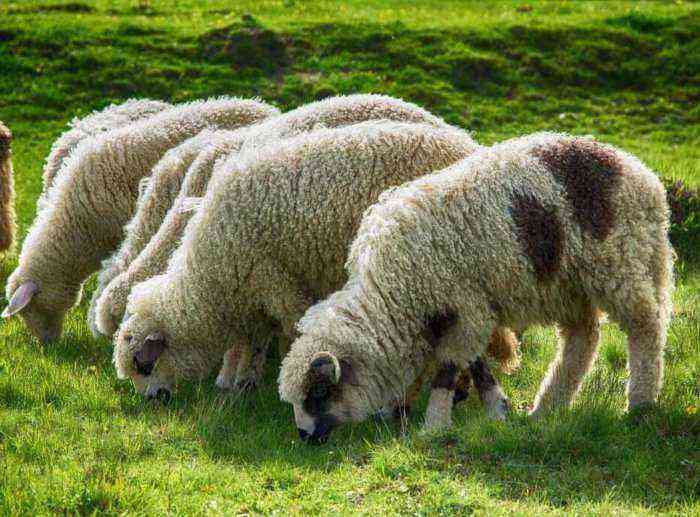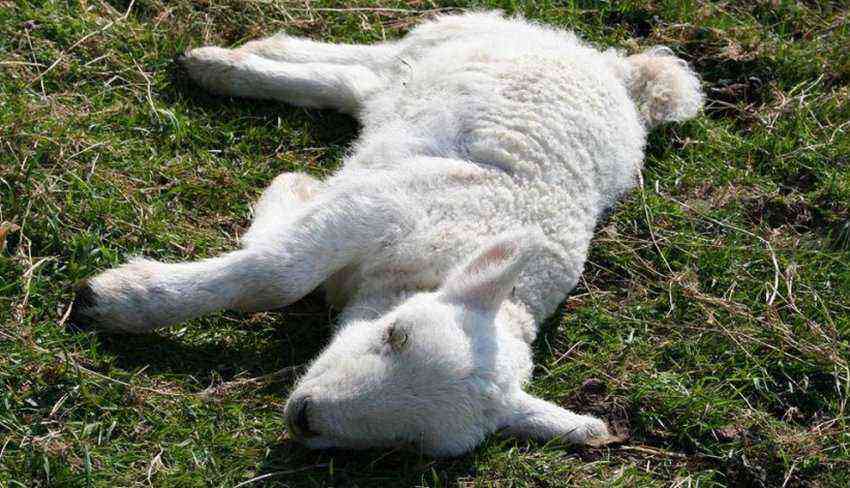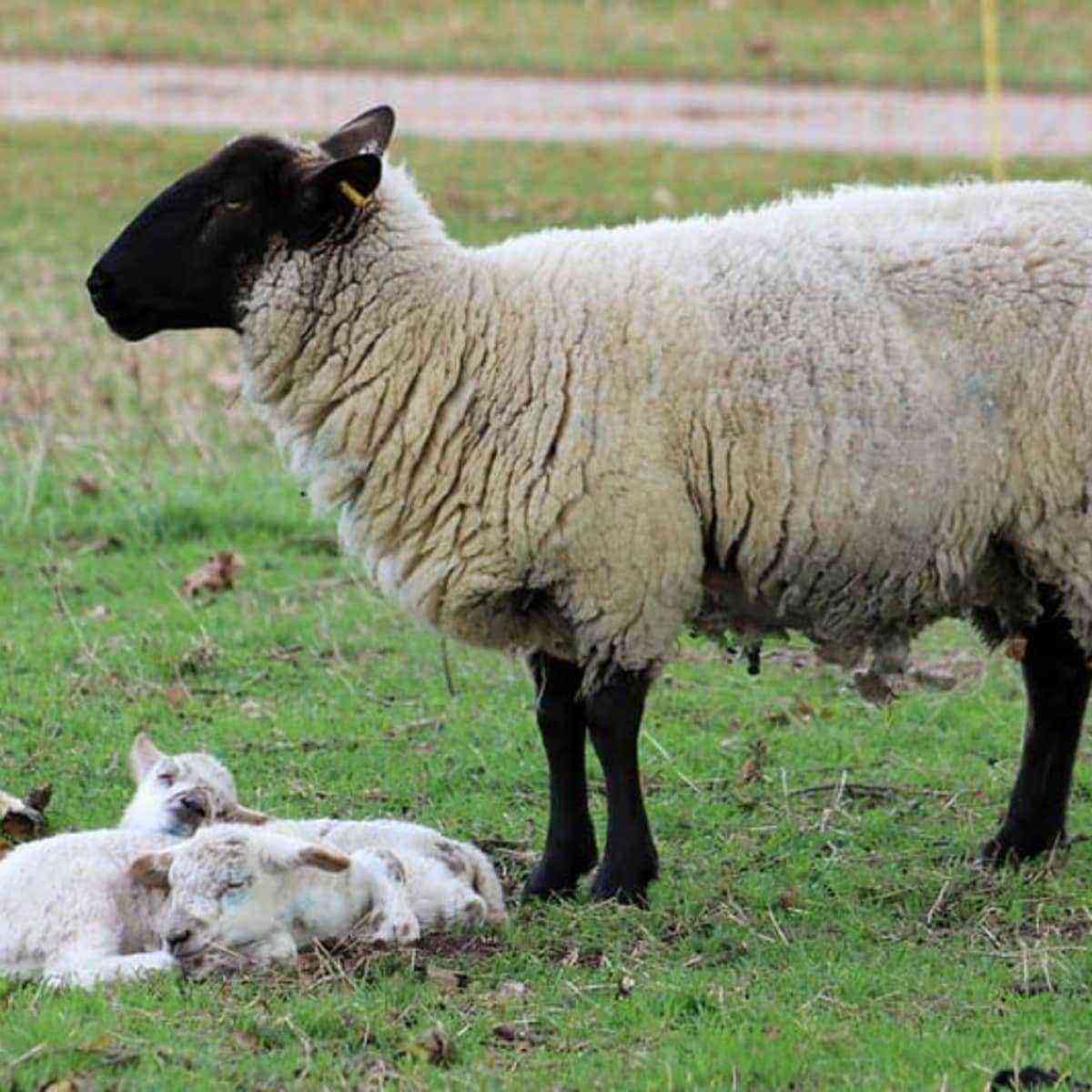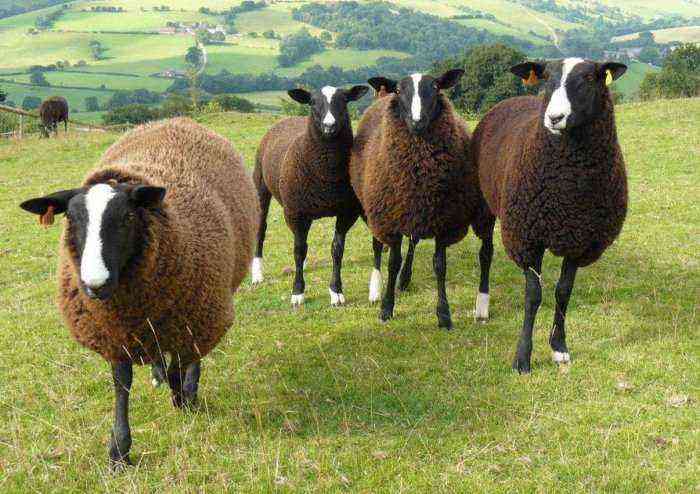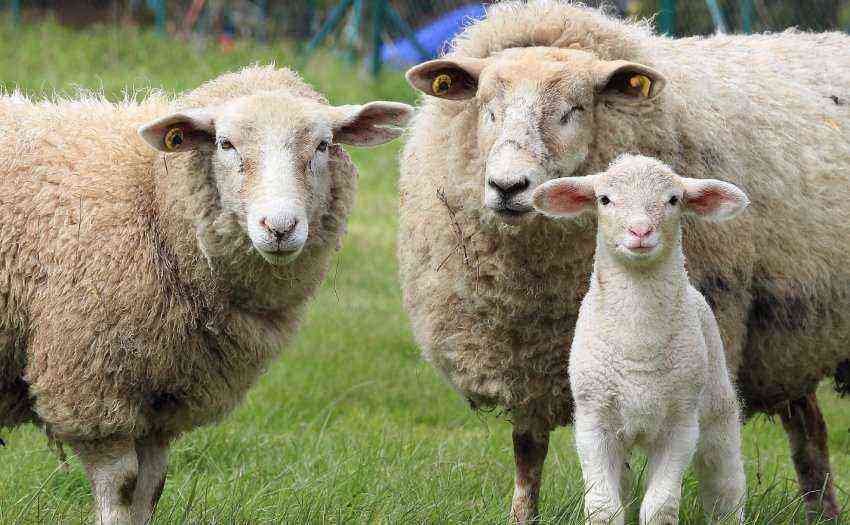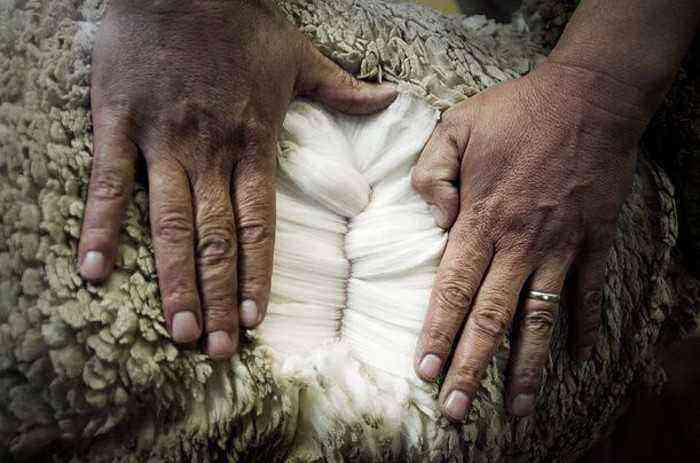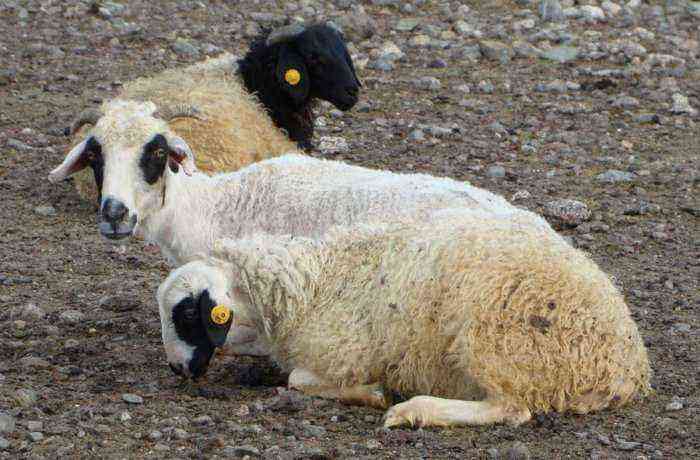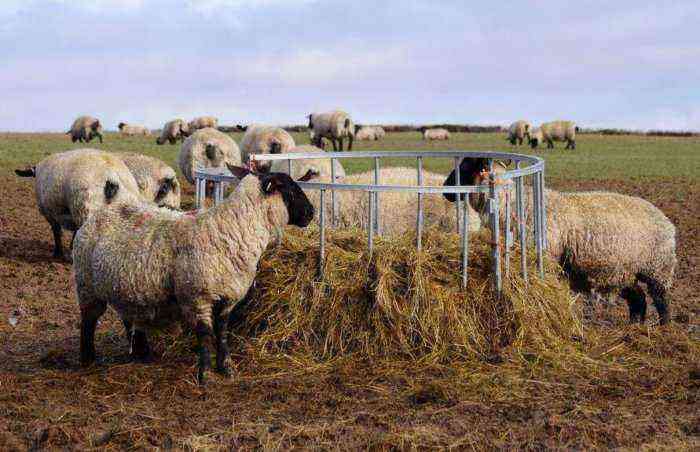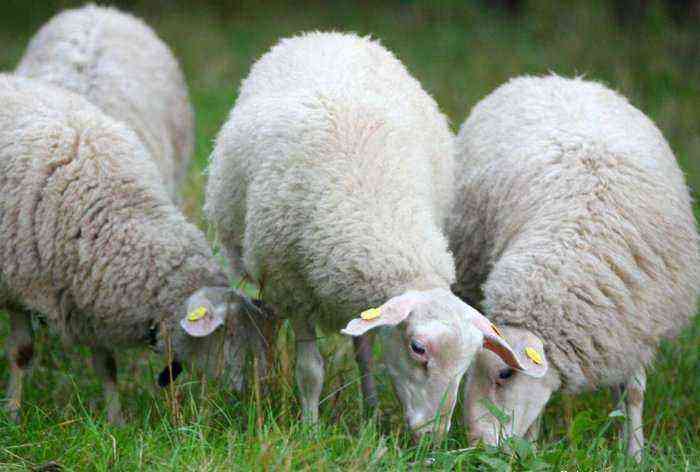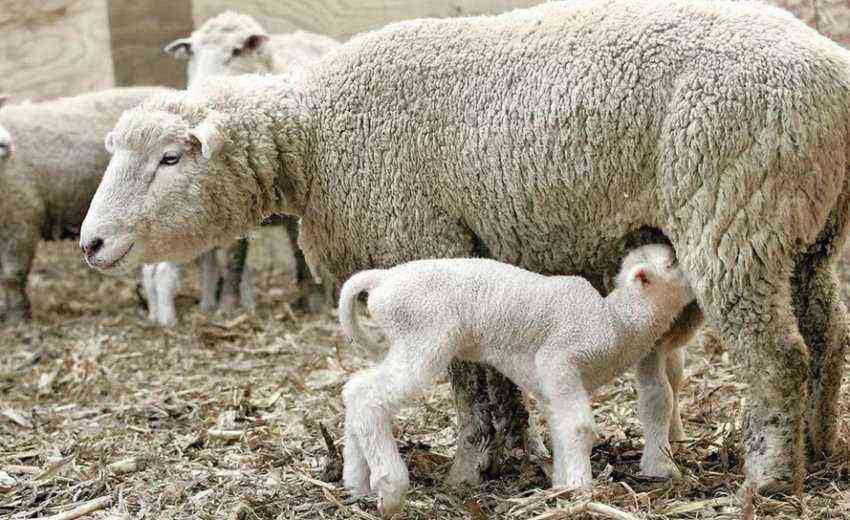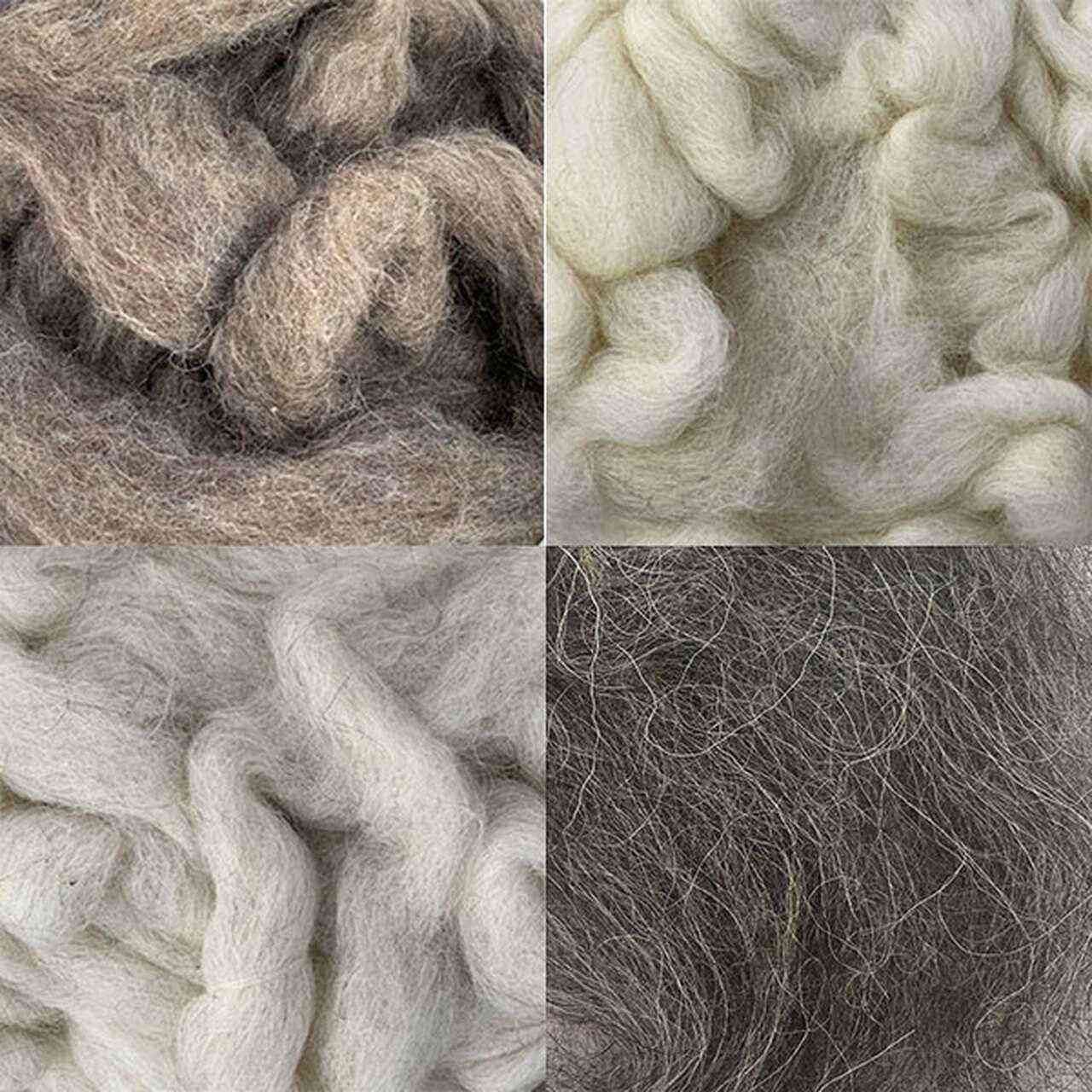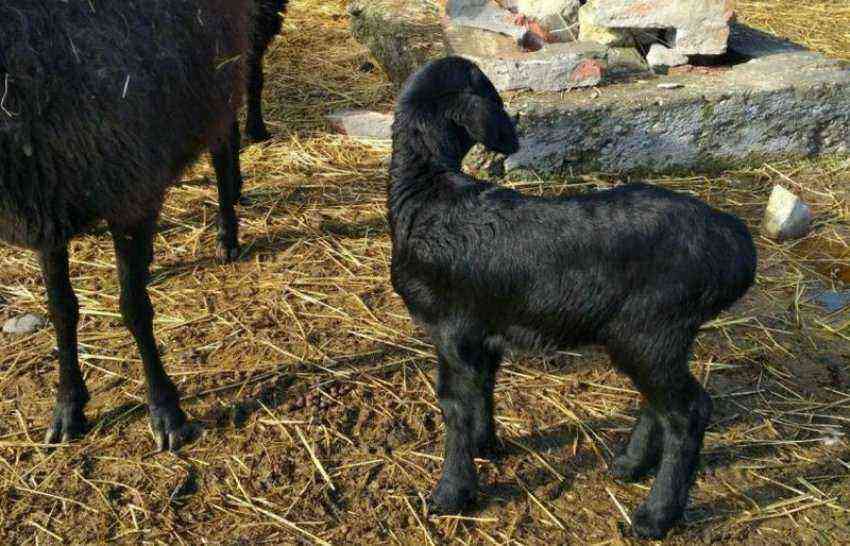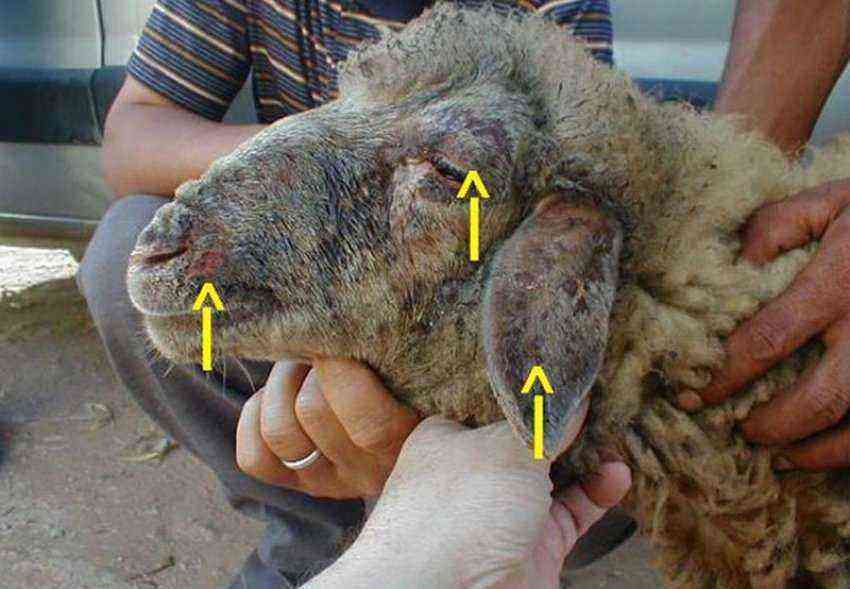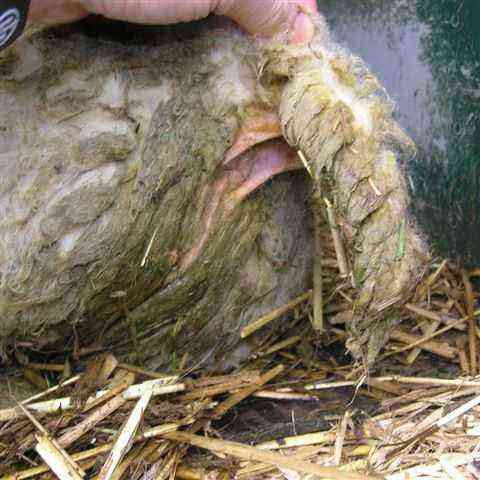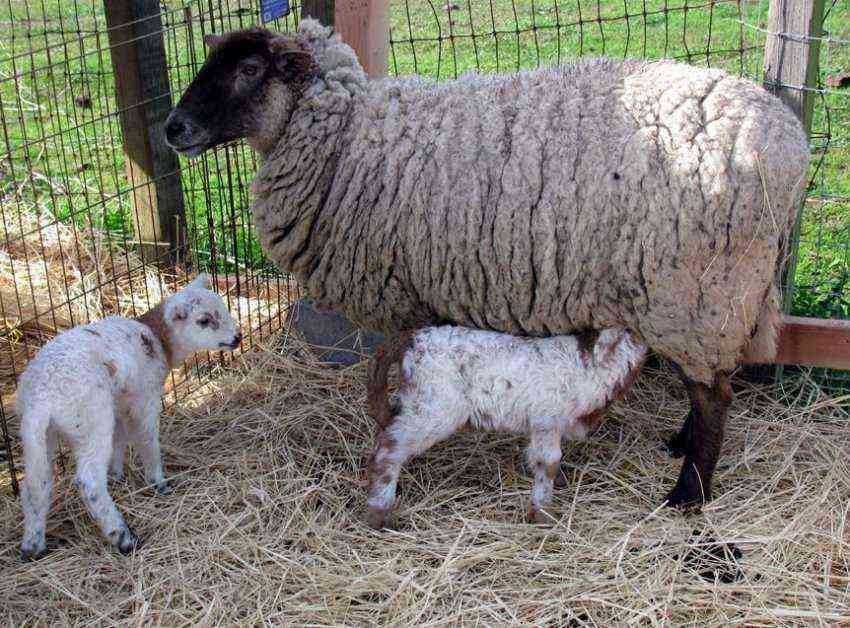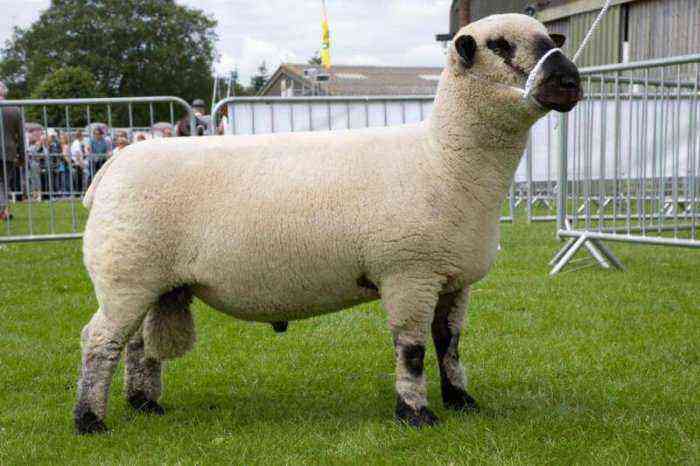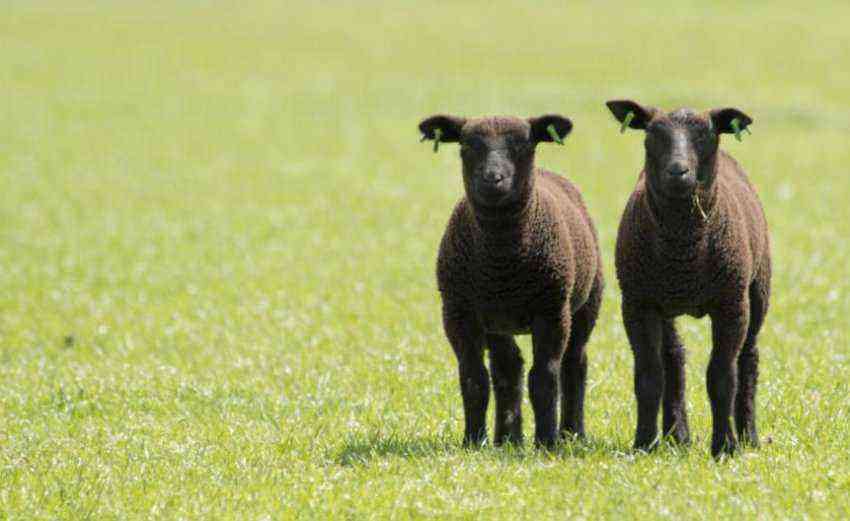Traditionally, sheep breeding has successfully developed in Russia, with only one main goal – to provide the population of the country and other countries of the world with high-quality fleece and warm skin. However, due to modern needs, there is an urgent need to retrain farm sheep breeding from coarse wool breeds to meat and wool breeds. The necessary gene pool was absent and foreign ones had to be attracted. So a new meat-and-wool Tashlin breed of sheep appeared.
Origin, history of the breed
The Tashlin breed of sheep was obtained by crossing Caucasian ewes with Texel and Ostfriz rams. One of the main criteria when choosing a male was the speed of development of the offspring, which was completely satisfied by the Texel breed, by the age of 8 months the offspring were gaining good weight and muscle mass, as well as a high percentage of the fleshy part.
Important! Tashli sheep at the first lambing bring 1 lamb, but later – 2, in rare cases – 3 cubs.
The breed was approved and registered in 2008 as Tashlinskaya, in honor of the name of the Tashla River, which flows in close proximity to the breeding enterprise. In February 2010, it was included in the State Register of Selection Achievements Approved for Use. The breed has become popular in all regions of the country.
Characteristics and appearance
The breed fully met the expectations of breeders, as it had a large physique, was resistant to the local climate and unpretentious in food.
Animals are polled with pronounced meat forms. Tashli sheep are famous for their excellent meat qualities, the taste of their meat resembles marbled veal, this is due to the distribution of fat reserves between the muscles. The breed is famous for its high quality wool, milk production and trouble-free reproduction.
Video: advantages of the Tashli breed of sheep
Parameters
Adult sheep are very massive: sires – up to 100 kg, queens – up to 60 kg. Young animals with rapid growth, a young individual gains up to 220 g of weight per day. The strongest representatives of the species gain up to 3 kg by 42 months, and gain 400 g per day.
Suit and color
The color of the Tashli breed is white, the wool is of a cross-bred type, semi-fine fleece, staple-braid structure. The density of the cover is medium. The fibers are up to 12 cm long. The scrolls are large: in rams – 3,13 pieces, in ewes – 3,08 pieces. by 1 cm. The breaking load of wool in rams is higher than that of ewes: ram – 9,53 cN / tex. and bright – 8,28 cN / tex. The color of the breed is its advantage, since a white product is easy to paint in any other color.
Wool of lambs
The wool of this breed has an excellent indicator of quality.
The fineness values are as follows:
- sheep – 31,5 microns (48 quality);
- bright – 27,4 microns (56 quality);
- uterus – 28,1 microns (56 quality);
- year-old ram – 29,4 microns (50 quality).
Features of building a body
The body is barrel-shaped with well-defined muscles. The head is compact, the profile is straight. The ears are set wide, the neck is powerful. The loin is very wide, strong straight back, short tail without fat deposits.
Performance indicators
The productivity of the queens is very high, the young stock has a good growth rate, there are up to 100 lambs per 170 sheep. The first lambing rate is slightly lower – up to 130%. The safety of lambs is 91%.
Meat
Tashli sheep respond well to fattening, at 5 months at the time of slaughter, the weight of the carcass is 16 kg, the slaughter yield is 44%. With each subsequent month, adding 3,5 kg in weight. Already at the age of 9 months, the content of meat in the carcass will be 80% and bone 20%.
The main feature of the Tashli breed is the low level of internal fat, this is due to its distribution among the muscle space.
This fact allows you to feed the lambs for a long age period without loss of slaughter qualities, and the taste of meat becomes juicy and is an analogue of marbled beef. The smell and taste characteristic of lamb is completely absent.
Wool
Sheared wool from rams – up to 7 kg, from queens – up to 4,5 kg. After brushing and washing, 64% of the weight of the wool sheared is retained.
Sheep need to be sheared twice a year. The quality of wool varies depending on the age and sex of the animal. Sheep wool is used in everyday life more often than the wool of other animals.
Did you know? Modern scientists have not been able to create a synthetic analogue of sheep’s wool, which would not be inferior to it in quality and heat retention.
Advantages and disadvantages
Sheep of the Tashli breed, due to their high productive and hereditary qualities, are in demand in many regions of Russia.
- Among the advantages:
- high rates of meat and wool productivity;
- unpretentiousness;
- good fertility;
- pleasant taste of meat (lack of abundant fat, specific smell);
- precocity
- the ability to easily adapt to the climate of different regions.
Significant shortcomings of the Tashli breed were not identified.
Rules for maintenance and care
The recommended habitat for the Tashlinskaya breed is areas with a moderately humid climate, such as the Stavropol Territory, the North Caucasus, and the Central Strip of Russia. Sheep breeders in cold regions should take care of warming the sheepfold, as the animal will have to spend energy from food on its own heating, which will entail a decrease in weight gain.
Therefore, during the period of cold weather, it is necessary to increase the norm of hay. In winter, it is necessary to provide deep bedding, which will be naturally heated from below. In summer, leave the bedding, do not remove it, just renew the top layer.
Important! Juicy foods should be given carefully, as they can ferment in the stomach, causing tympanum.
The basis of nutrition is roughage, they respond well to fattening. The main components of feed are standard, as for any other breeds. These are salts, chalk, concentrates, vitamin premixes, mineral and succulent feeds. The breed is so unpretentious that the set of muscle mass will be optimal even when eating pasture.
Reproduction
The Tashli breed is unsettled, therefore Texel’s blood is still poured into it for a greater manifestation of the breed. Even the head size and profile of the sheep still look different: sometimes straight from Texel, sometimes with a hump from Caucasian ancestors. Tashli females are distinguished by a very high fertility rate, due to good milk production, young animals have an excellent level of viability.
Females are endowed with good maternal qualities, so additional support during lambing is not always necessary. Their milk is nutritious, containing 5% protein and 7-8% fat.
Diseases, their prevention
The main diseases of sheep are divided into categories such as non-contagious and infectious. Consequences of infection: a clear decrease in growth and productivity. The Tashli breed has good immunity and is resistant to viruses. However, precautions and preventive actions should not be ignored.
The non-contagious group of illnesses most commonly includes digestive problems, hoof disease, and coughs.
More dangerous are infectious diseases (viruses, bacteria, fungi), since the whole herd will be the radius of the lesion.
Prevention measures are to maintain normal conditions of detention, such as hygiene and cleanliness, both in the pasture, and in the sheepfold, and the animals themselves. Premises in autumn must be treated with disinfectants, walls must be painted with limestone.
In the summer, monitor the defeat of sheep by blood-sucking parasites and flies. A precautionary measure is frequent bathing and haircuts. Vaccinations are essential to prevent viral infections. To minimize digestive problems, rotten and moldy foods should be avoided.
Breeding prospects
Sheep breeding projects pay off very quickly. The Tashli breed is economically rational and beneficial for farmers. High-quality wool and excellent-tasting meat create healthy competition in the market for meat and wool products; the breed is in great demand both in large and small farms.
Did you know? Tashli sheep cannot live alone; in the absence of a herd, they develop an anxious depression, which subsequently drives the sheep crazy in the truest sense of the word.
Approximate price and where to buy
Sheep are sold in live weight, the price ranges from 130 rubles/kg to 190 rubles/kg. Most often they are sold in whole flocks, the minimum lot, depending on the supplier, ranges from 100 to 300 heads. When buying one or more heads, the price per 1 kg will almost double.
The sale of sheep is carried out on specialized sites of agro-advertisements, where data from private farmers and large farms is concentrated, with a description of the specific features of the sheep being sold.
The calm nature and high-quality breeding indicators of the Tashli breed speak of the correctness and expediency of breeding this breed.
The development of sheep breeding is aimed at improving the quality and sale of young lamb in the first year of birth. All over the world, this direction is the most developed and in demand.
Reviews
Tashlinskie are not picky about food – they sweep everything, any grass (even thorns) and grain waste (including sunflower waste). My winter diet is as follows: hay (alfalfa, sainfoin, meadow), barley + grain waste, cake once a week, salt-lick and water in constant access. In summer, grain is at a minimum (only so that they come home from the pasture), grass – whichever they choose, the same lick salt and water.
And yet, the Tashli sheep are very calm: they don’t yell to no avail, they don’t disperse when grazing, they know their master.
Vitaliy77
https://fermer.ru/comment/1073941923#comment-1073941923
